Contents
Style Guide: Realism
In this guide we explore the history, techniques, and artists within Realism, Surrealism and Micro-Realism tattooing styles.
- The art movement Photorealism materialized as an evolution of Pop Art. this is where many Realism tattoos find their foundation.
- One of the main methods of creating Realism tattoos is the mapping of shadows in a photograph. The contour lines that outline areas of shade and highlights are laid out like a topographic map.
- Styles and aesthetics vary, as do designs. Celebrity portraits, film stills, photographs, flowers, animals, paintings. whatever you want reproduced in tattoo form, there’s an artist out there who can do it.
- Steve Butcher, Thomas Carli Jarlier, David Corden, Liz Venom, Freddy Negrete, Inal Bersekov, Edit Paints, Avi Hoo, and Ralf Nonnweiler are top of their field within the realms and sub-styles of Realism tattooing.
- History and Origins of Realism Tattooing
- Techniques of Realist Tattooers
- The Styles and Artists of Realism Tattooing
- Micro-Realism
- Surrealism
It is an awe inspiring thing when an artist creates a 3D work of art on something 2D, like a canvas, a piece of paper, or skin. After years and years of devotion, motivation, hard work, and tons of talent, tattooists who work within the realm of hyperrealism are able to execute these incredibly complex pieces. From an idea, to a stencil, and then finally onto skin, the amount of technique and time put into these works of art is astounding.
In this article, we talk about the history, techniques, and styles of Realism tattoos, as well as the artists who have mastered them.
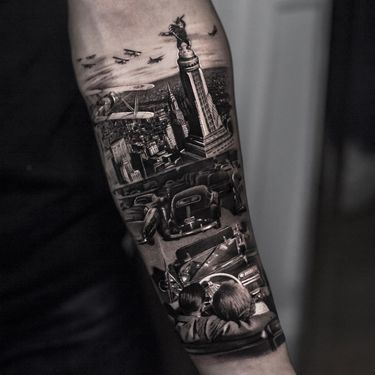
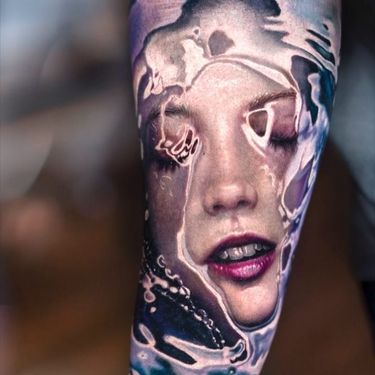
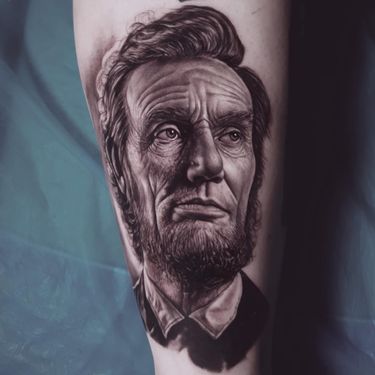
History and Origins of Realism Tattooing
Around 500 BC is where we see a divergence from stoic and archaic conceptual art to creations that mirror realistic proportions and elements. It’s in thanks to this that we see bulky figures rendered into human forms, and later, in the High Renaissance of the 1500’s, a remarkable movement of realism within art.
Masters like Michelangelo, Da Vinci, Rembrandt, and Titian set the stage for contemporary artists to exceed expectations and illustrate life as closely as they possibly could to the truth using techniques like measuring facial features, perspective and the Camera Obscura. Later, in the 19th century Realism movement, artists like Courbet and Millet relied on these Old Masters for lessons on techniques and tools, but embraced new philosophies to create inclusive depictions of authentic life. In fact, many Realism tattooists also look to the Old Masters for style and subject matter to this day, but it wasn’t until the invention of the camera that the realistic approach in the arts really took off.
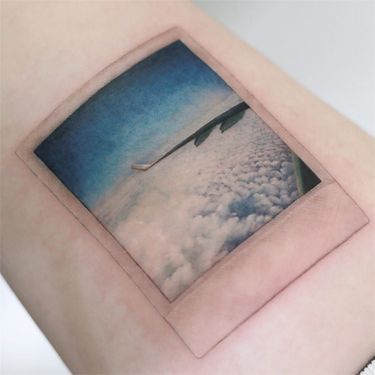
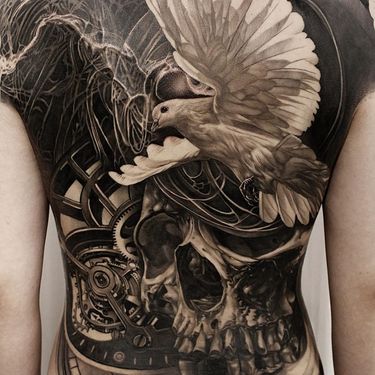
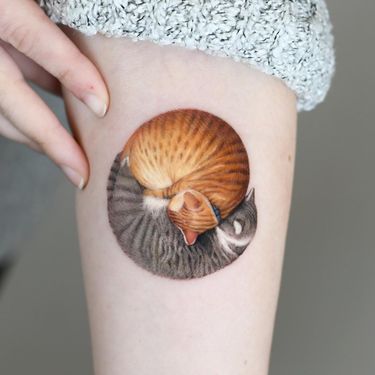
Evolving from the Camera Obscura, an invention that aids in the projection of images, the first photographic image was taken in 1816 by Nicéphore Niépce. However, it wasn’t until 1878 that smaller handheld cameras with quicker exposure speeds were created and sparked a boom within the photography market. Later, with the strides in technology thanks to companies like Kodak and Leica, conventional society had the ability to capture scenes from life without the assistance of artists, and it seemed for a time that realistic painting was an archaic movement. Artists also did not want to be seen as mere imitators of real life, and so although creatives continued to use photographs as source material, Photorealism was not a popular style, and Realism did not have a serious mainstream emergence as a movement until, as a direct opposition to the Abstract Expressionists and Minimalists of the late 60’s and 70’s, Photorealism materialized as an evolution of Pop Art. This is where we can find some of the roots of stylings and techniques of Realism Tattooing.


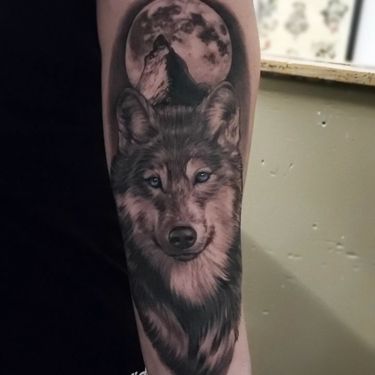
Conversely, in an interview with NPR, tattooer Freddy Negrete speaks about Black and Grey Realism tattooing having its origins in the 70’s Chicano prison culture of California. Behind bars artists would use the materials they had available to them, including pen ink, sewing needles, and the like. Negrete describes how burning baby oil would create a black soot, which was also used for ink. He also talks about how, due to homemade machines only having one needle, finer lines were the norm. Segregation within prisons meant that Chicanos were together, and that tattooists worked within their own culture creating imagery. This meant Catholic iconography, Aztec stonework, and heroes from the Mexican Revolution were all added to the repertoire of Chicano ink. Later, when Freddy Negrete was released from jail, he headed to Good time Charlie’s Tattooland where he and the shop started to make tattoo history with their devotion to Black and Grey Realism tattooing.
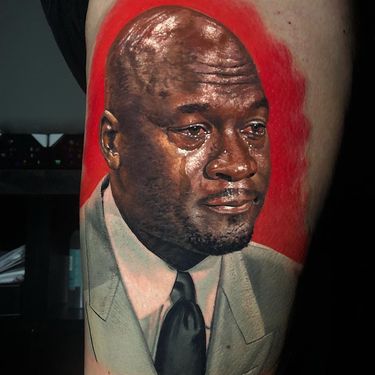
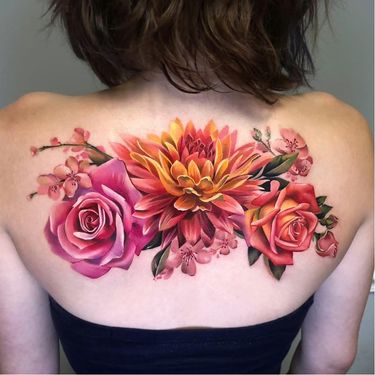
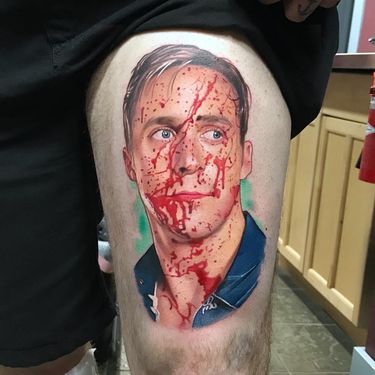
Techniques of Realist Tattooers
One of the main methods of creating Realism tattoos is the mapping of shadows, highlights and contrasts. For anyone who has gotten a Realistic tattoo, or has watched stencil placement, you’ve probably noticed the contour lines that outline areas like a topographic map. This, as well as the photographic source usually taped to the tattooists working area, are just two of the ways an artist prepares to create a piece in this style. There are varying ways in which a Realist tattooist will work, but what is absolutely sure is that this particular style requires much planning beforehand, along with a lot of skill and technical training.
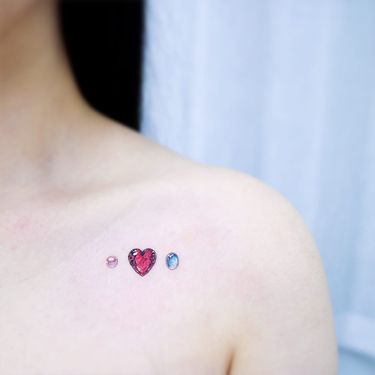
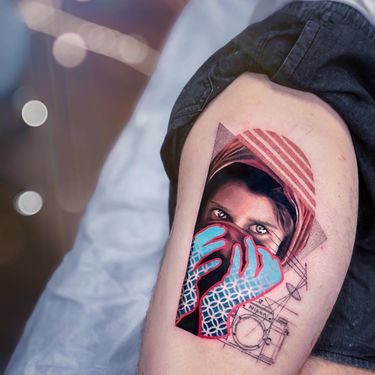
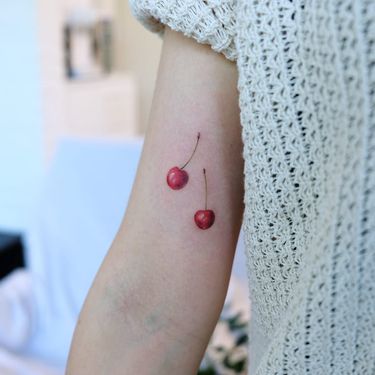
The Styles and Artists of Realism Tattooing
There are many different approaches to making Realistic tattoos that incorporate the style. Artists like Chris Rigoni employ a mashup of influences; combining abstract, illustrative, pop art, and realistic forms. Freddy Negrete, Chuey Quintanar, Inal Bersekov, and Ralf Nonnweiler do almost exclusively Black and Grey Realism, while Phil Garcia, Steve Butcher, Dave Corden, and Liz Venom are known for their highly saturated color Realism tattoos. Each artist tends to illustrate that which they are most fascinated by.
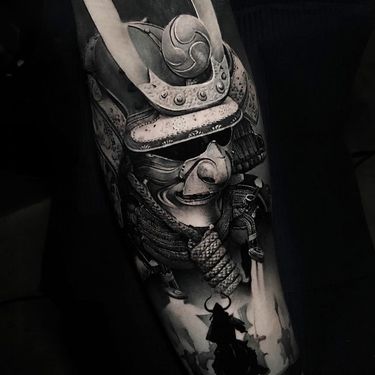
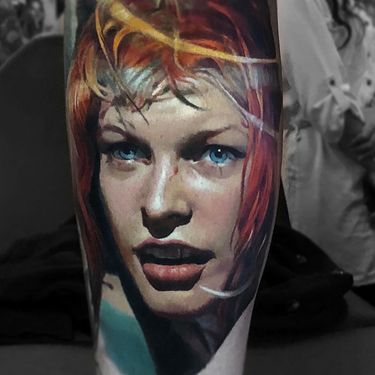
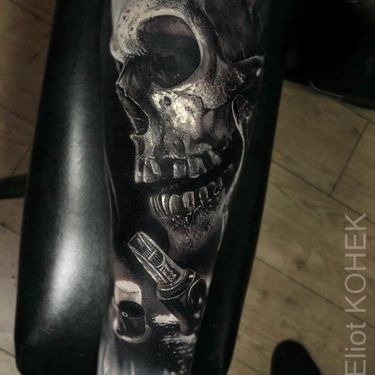
Micro-Realism
It’s also worth noting the evolution of Realism tattoo arts in Seoul, Korea, whose artists have pioneered a style we have come to know as Micro-Realism.
Many artists based there, in particular the resident artists of Studio By Sol, have added a completely different take on the Realism tattoo style. Certainly, their pieces are incredibly realistic, whether a fine art reproduction, photorealist pet portrait, or beautiful botanical creation, yet done impossibly small, with a definite watercolor and illustrative influence.
Artists like Youyeon, Saegeem, Sol, Heemee, and more are blowing minds with their delicate works of ethereal Micro-Realism. From teeny gems and tiny fruit, to micro fineline portraits, their work has discovered a new way of scaling down the size of the traditional realistic tattoo and creating it in a subtle blend of styles. Stemming issues of aging from watercolor, many of the artists employ a thin black outline to keep pigments from spreading over time.

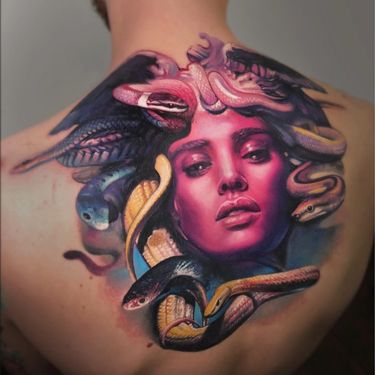
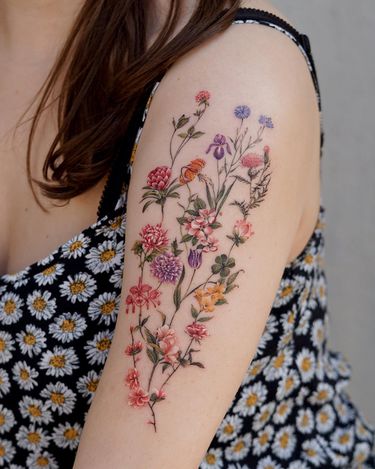
Surrealism
There are many different styles, designs, and concepts within the Realism genre, Surrealism being another of them. In short, Surrealism is a spin-off of Realism and the style can be easily identified. Dreamy lifelike scenes and portraits juxtaposed with unexpected, and sometimes bizarre combinations of ordinary objects define the surrealist style.
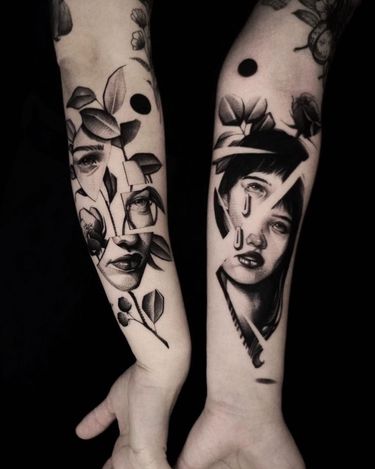
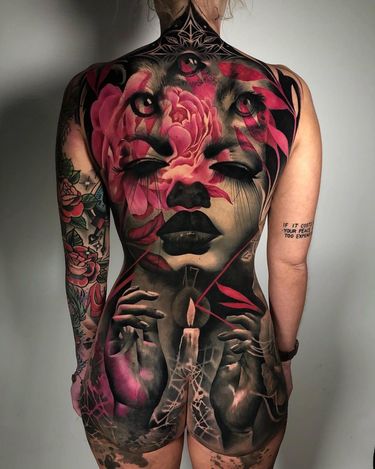
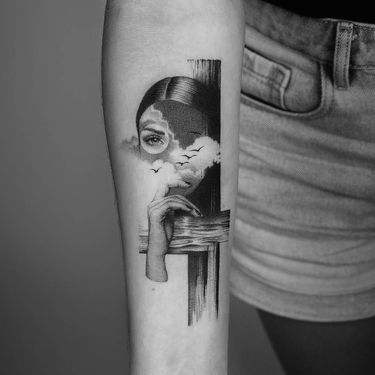
Most tattooists, and artists in general, will tell you that their style, their work, is inspired by the world around them. This is the magic of Realism, Surrealism and Micro-Realism… the capability to bring together all the beautiful and stimulating things within life onto the moving canvas that is the body.
